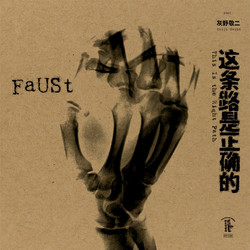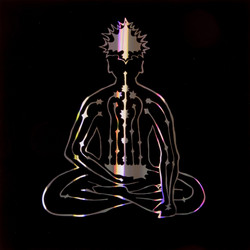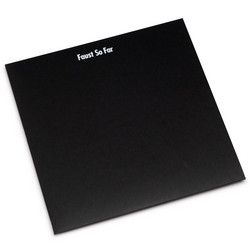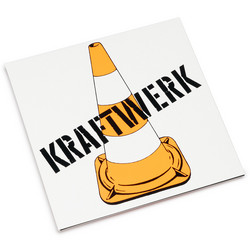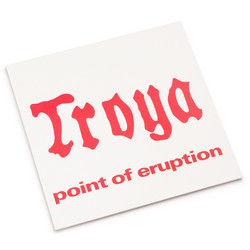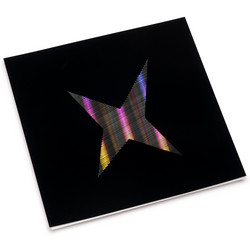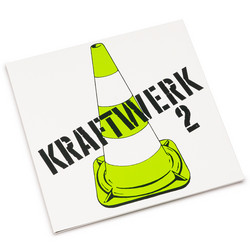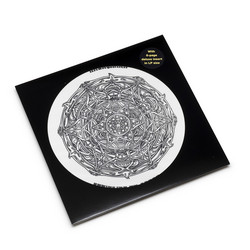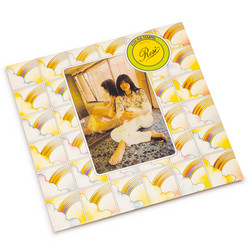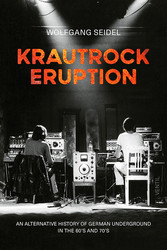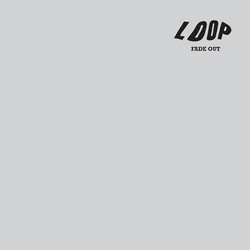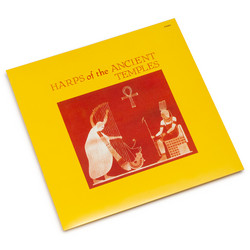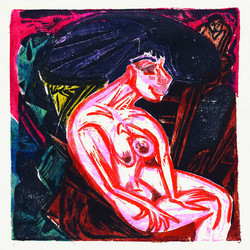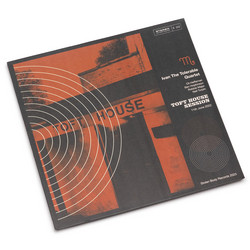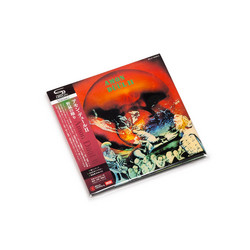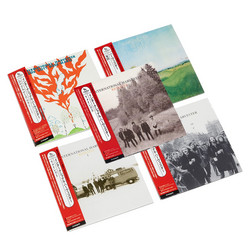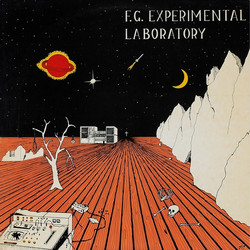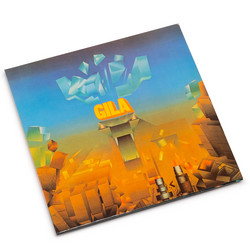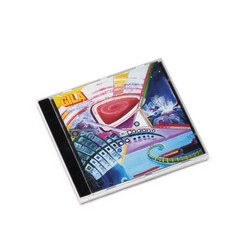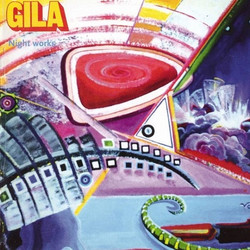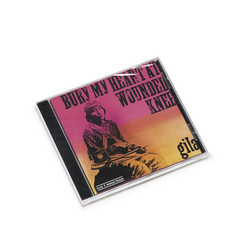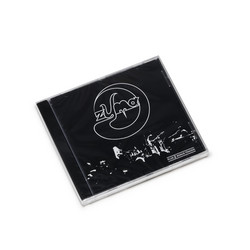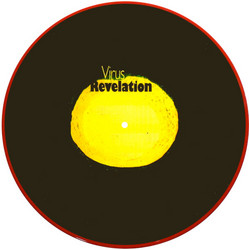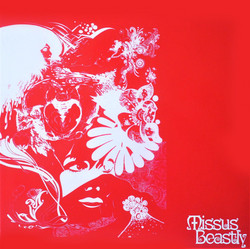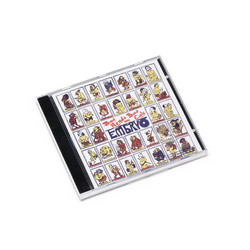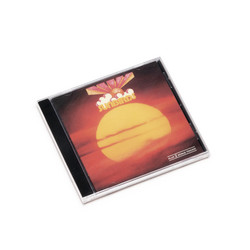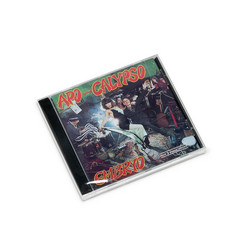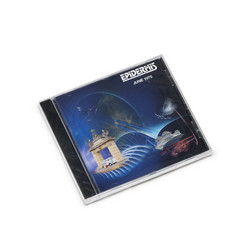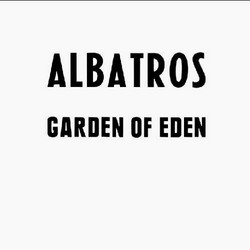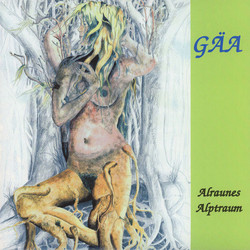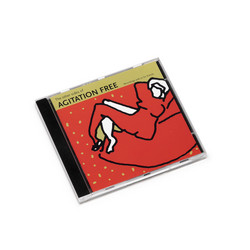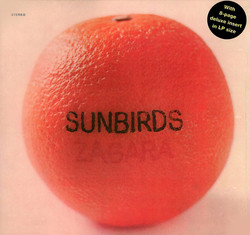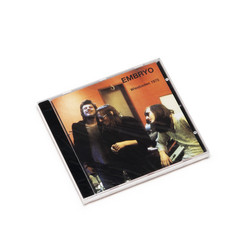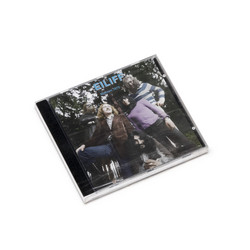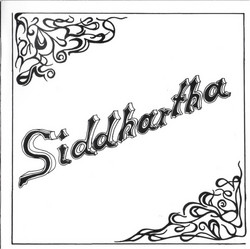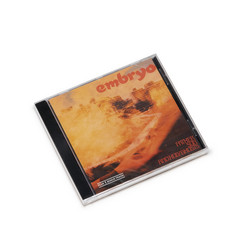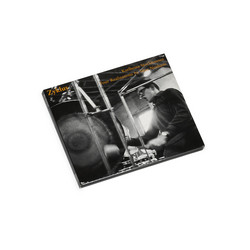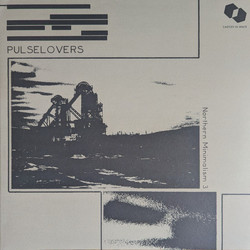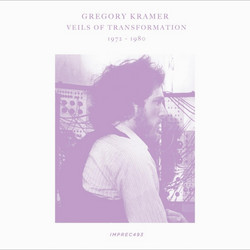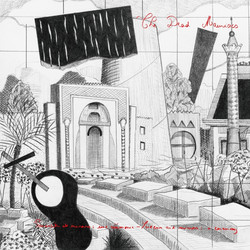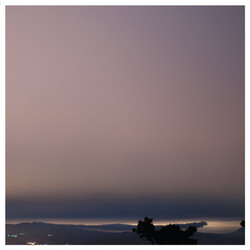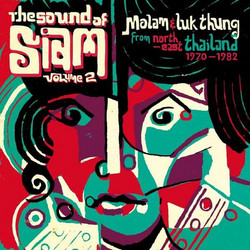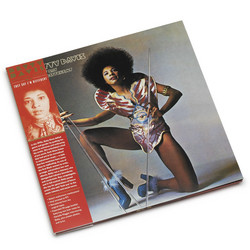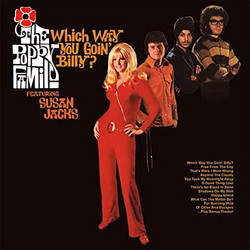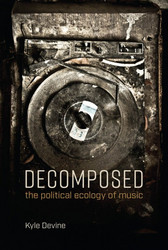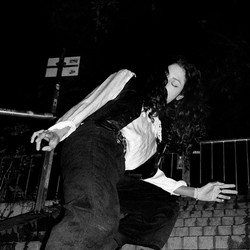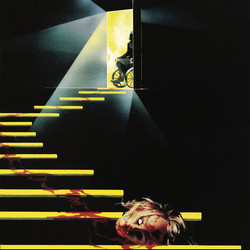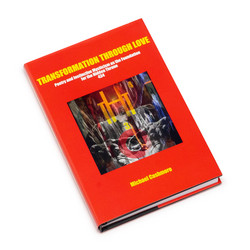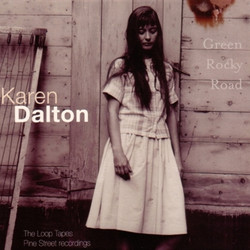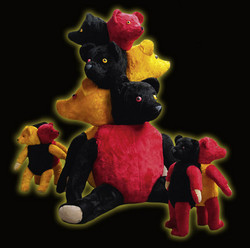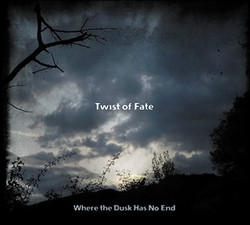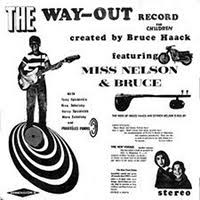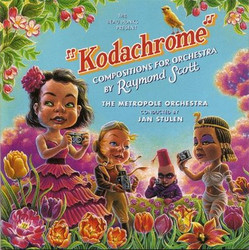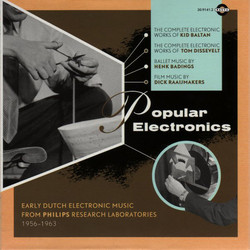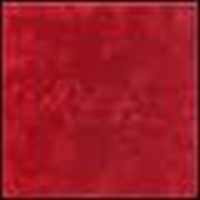Gila
Bury My Heart At Wounded Knee (Lp)
Originally based in Stuttgart Conny Veit’s Gila had already recorded a more rocking psychedelic first album with a different line-up when Veit was invited to Munich to record “Hosianna Mantra” for Florian Fricke’s Popol Vuh. Hanging around frequently at Amon Düül’s commune in Kronwinkel he met Daniel Fichelscher who played and recorded with Amon Düül II at that time. Veit was impressed with Fichelscher’s drumming and decided to revive Gila with Fichelscher on drums, Veit playing guitar and his then girlfriend Sabine Merbach singing. Florian Fricke contributed piano and some mellotron.
“Hosianna Mantra” was already finished when the four started recording “Bury My Heart At Wounded Knee” and what may have started as a new version of Gila already contained the nucleus for future Popol Vuh recordings. During that period another Popol Vuh record was released which featured Conny Veit and Daniel Fichelscher playing guitar and when Gila disbanded in 1974. Veit went on to tour France with Amon Düül II and Fichelscher began his long and fruitful work as Fricke’s sideman in Popol Vuh (which lasted until the early 90’s). To cut it short: “Bury My Heart At Wounded Knee” can be seen as a transitional record. It is not the old Gila and it is not yet the new Popol Vuh… it sits in between as a document of change, a consequential one-off. "Bury my heart at Wounded Knee" was inspired by Dee Brown’s book of the same title and deals with the expulsion and extermination of native North Americans, features three American Indian lyrics (translated into English) and received good reviews without exception. The LP was released in 1973 on WEA/Warner Bros., while in 1995 a really bad bootleg CD was released by Germanofon, and in 2012 a bootleg LP on blue vinyl. On all these records the tracks are mistakenly in the wrong order. This has been corrected now. The vinyl re-issue is limited and numbered and comes with a four-page insert in LP size
